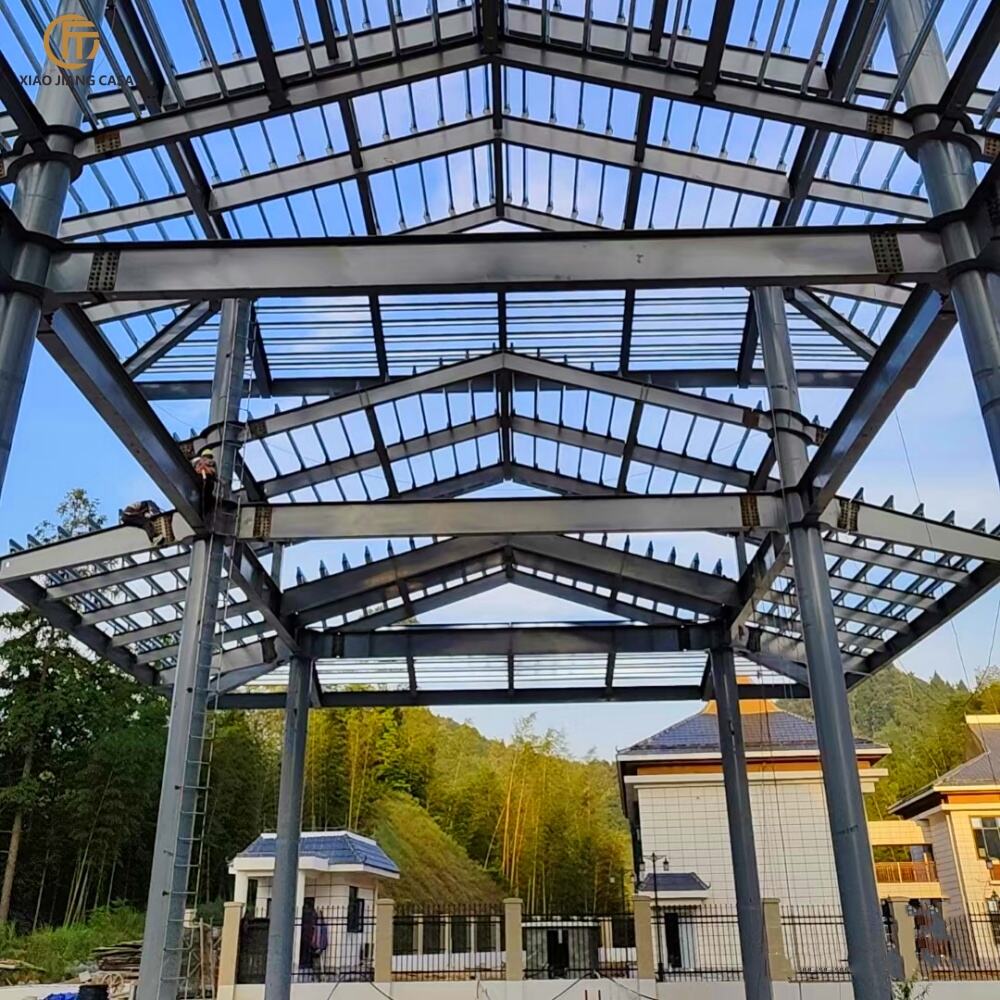Modular house kits are comprehensive packages containing prefabricated components, materials, and instructions needed to construct a modular home, designed to simplify the building process for homeowners, builders, or developers. These kits are engineered for efficiency, with each component—from wall panels and roof trusses to flooring systems and structural frames—precision-manufactured in a factory setting to ensure consistency and compatibility. The contents of a modular house kit vary based on the desired home size, style, and level of completion, ranging from basic structural elements to fully equipped modules with pre-installed electrical, plumbing, and insulation. For example, a small cabin kit might include pre-cut wooden frames, roofing materials, and hardware, while a larger family home kit could feature wall sections with windows, pre-assembled kitchen modules, and even interior fixtures like doors and cabinets. One of the primary advantages of modular house kits is their ease of assembly; the standardized components fit together like a puzzle, reducing the need for specialized construction skills and shortening on-site build times significantly compared to traditional methods. This makes them accessible to DIY enthusiasts and professional builders alike, with many kits designed to be assembled in days or weeks rather than months. Additionally, modular house kits offer cost predictability, as the package price typically includes most materials, minimizing unexpected expenses. They also provide flexibility, allowing homeowners to customize aspects like exterior finishes (siding, paint, roofing) and interior layouts within the kit’s framework, ensuring the final home reflects personal preferences. Quality control is embedded in the manufacturing process, with components tested for durability, weather resistance, and compliance with building codes, ensuring the finished home meets safety and performance standards. Whether used for primary residences, vacation homes, or temporary housing, modular house kits bridge the gap between affordability, speed, and customization, making homeownership or property development more accessible and efficient.
